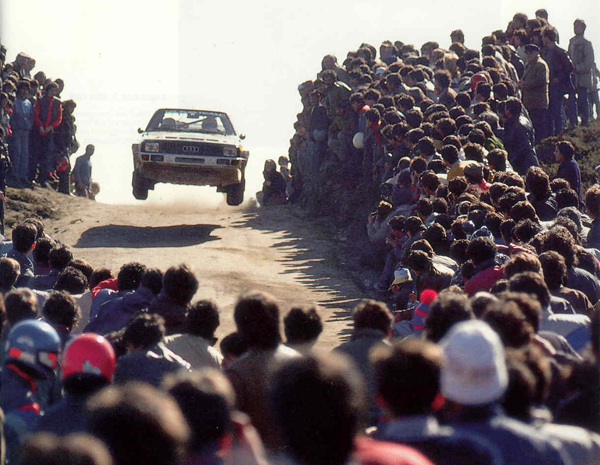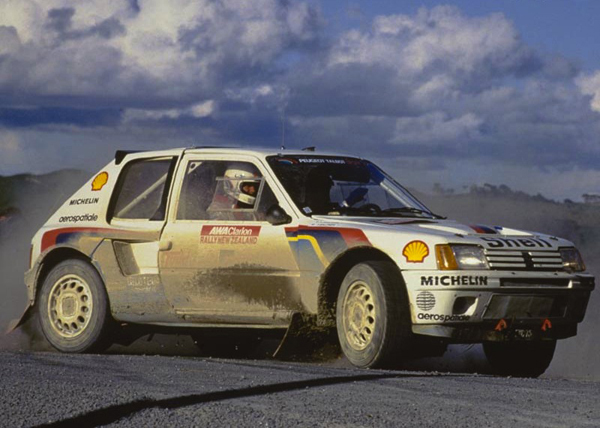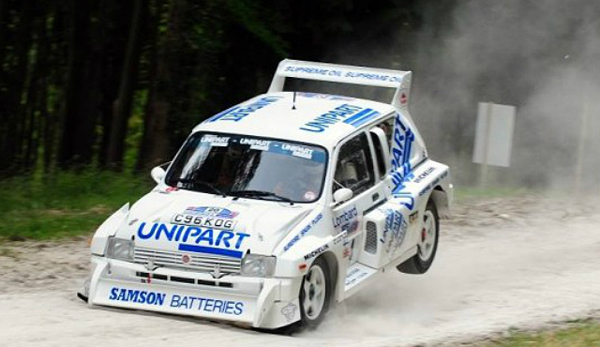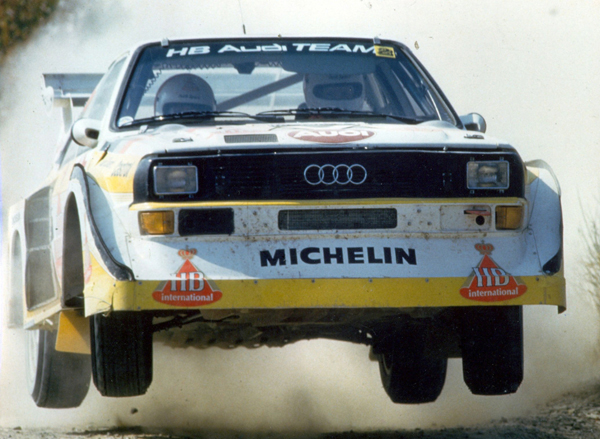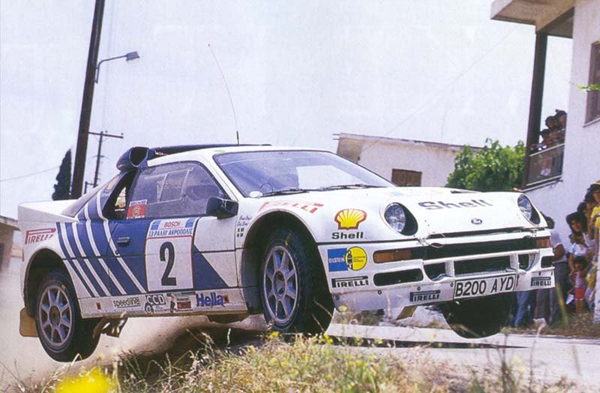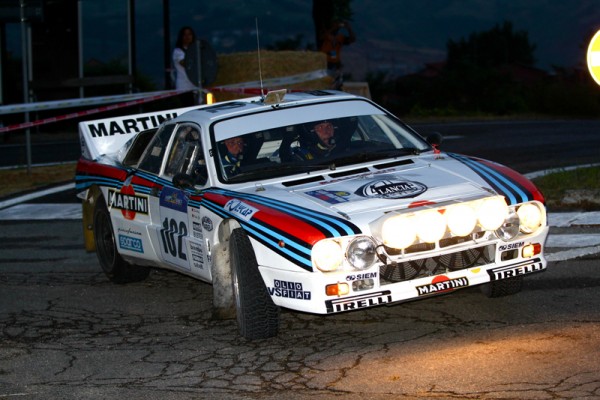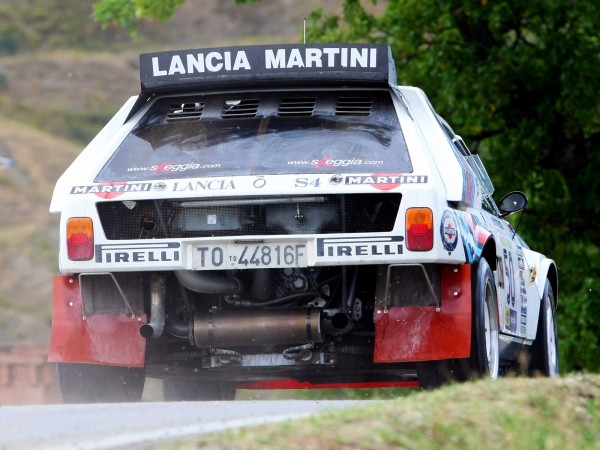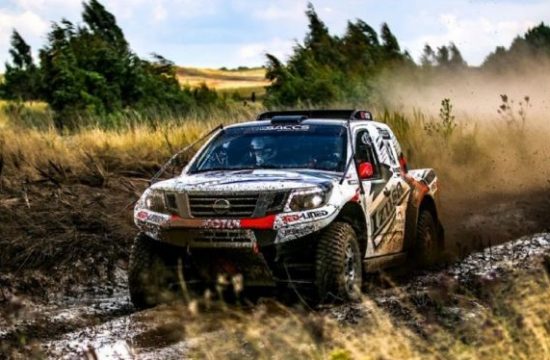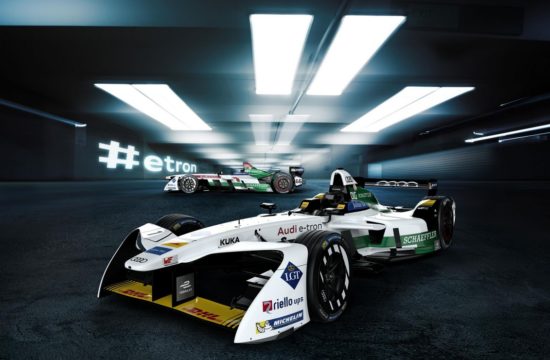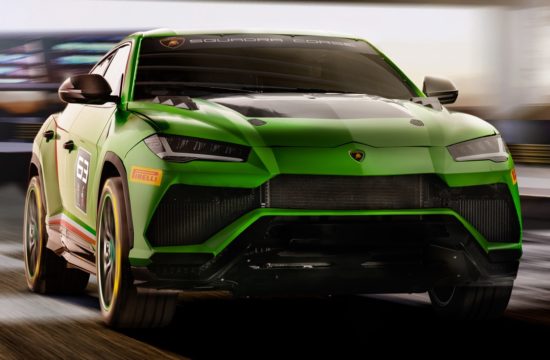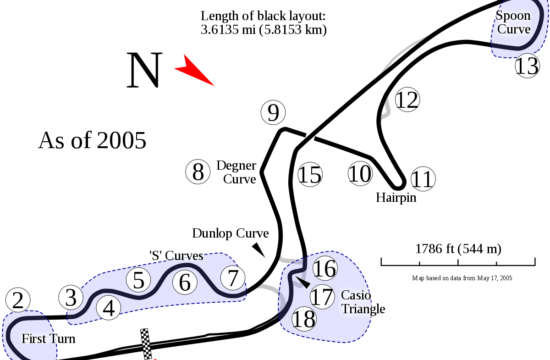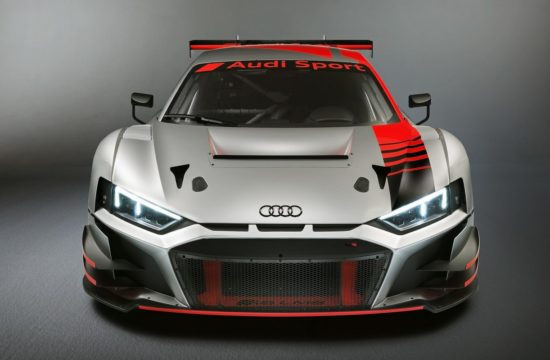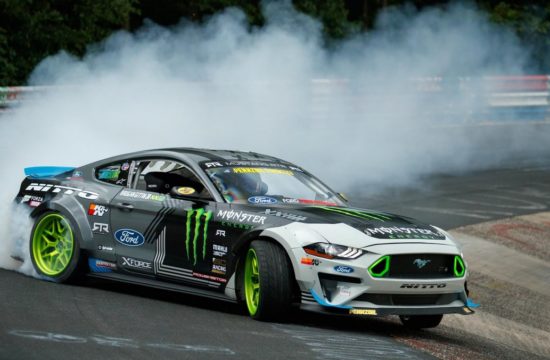When you consider today’s WRC cars are still slower than those of the mid-80s Group B rally cars, you get an idea as to just how lunatic fast and dangerous the sport had become since the Groups 4 and 5 it had replaced.
Group B saw fewer engine and build restrictions, meaning these lightweight machines were running as much as 500+ bhp. Throw in the avid fans desperate to actually touch a passing car and you have all the ingredients for disaster, death and the ultimate end of group B. But let’s take a look at the most notable Group B rockets of the era and the ostensible death traps that helped ban it.
Peugeot 205 T16
The 205 T16 was a highly successful car, winning 16 rallies between 1984 and 1986, taking both the drivers’ and constructors’ titles in ‘85 and ‘86. To homologate the 205 T16 (T=turbo, 16 valve), the French team had to build 200 road-going variants – although these road-going examples may have looked the same as the Group B car, the road variants had less than half the power at 197-bhp. Compared to the standard 205 road going car, the T16 road model had wide wheel arches and the rear quarters lifted for easy engine access. Today, even the road-going T16s are very rare and worth a small fortune.
MG Metro 6R4
The Metro is usually associated with the older person and trips to the shops; however, this monstrous 6R4 is a 410-bhp savage – it looks as though it overdosed on steroids and is still producing muscle. Its name is derived from its 6-cylinders, Rally car, and 4WD. David Wood, who used features from the Cosworth DFV engine, designed its mid-mounted 3.0-L V6 unit. The Williams Grand Prix Engineering crew developed the rest of the car – a serious bit of kit, then? Yes, so much so that after Group B was banned, the 6R4’s engine landed up in the Jaguar XJ220, where two turbochargers were added.
Although it showed great potential at the 1985 Lombard Rally, initial engine problems the following year saw it fail in Sweden, Monte Carlo, Portugal and Corsica. Halfway through that year Group B was banned and that was that.
Audi Quattro S1 E2
Known as one of the most successful rally cars of all time, the Quattro “four” was the first car to introduce 4WD to rallying. Nearly three decades after the death of Group B, the S1 E2 is considered the fastest car to ever be entered into international competition. In 1986 the last breed of this car produced a staggering 591-bhp. Originally, the S1 produced 470-500-bhp and could hit 0-62-mph in 3.1-seconds – that’s faster than a Ferrari Enzo!
The car remains an icon, both in rally and on the road. Thanks to Audi and their Quattro, many of today’s performance and road cars utilise their own 4WD systems, enabling stability and a safer handling car.
Ford RS200
The Ford RS 200 came to be after a rush job thanks to Ford’s failure with the Escort RS 1700T – instead of backing out that season, a last minute ‘raid the parts cupboard’ dash took place into getting a car ready for the start line – if you look closely, you can see the windshield, side windows and rear lights from the Ford Sierra.
The body was designed by Ghia and produced by British company Reliant because of their expertise using fibreglass. Former Formula 1 designer Tony Southgate, and Ford’s John Wheeler offered their skills in its early stages and designed the chassis. During its brief Group B appearances, the RS200’s formidable power came from a 1.8-L inline-4 Ford/Cosworth “BDT” unit. The road going version produced a massive 250-bhp, where as the rally car produced 450-bhp. Considering this car weighed in at a snip over a tonne, it has more hp per tonne than a Bugatti Veyron.
Today, a good RS200 can sell for as much as £150,000.
Lancia Delta S4
This is one of my favourite cars of all time. Along with the RS200, it helped end Group B. The manufactures were fully taking advantage of the lack of regulations and this saw drivers having to deal with ludicrously over-powered cars. The Lancia was no exception – consider this: it’s 1985 and you are about to throw a car around a forest that’s capable of hitting 62-mph (on gravel) in 2 seconds. The Delta S4 was a fire-breathing savage whose flames were induced by both a supercharger and turbocharger (twin-charging). Mid-mounted, its 1.8-L 4-cylinder engine could produce 1000-bhp if it needed.
In its brief career, the S4 notched up 5 victories.
With all this power available, fatalities were inevitable. Both Lanica drivers Henri Toivonen and Sergio Cresto plunged down a ravine and exploded in the Corsican Rally. Not long after, the RS200 took the lives of three spectators when it spun of the road at Rally Portugal. Both of these events are widely regarded as the main reason Group B was banned.
I wonder what would’ve happened if Group B wasn’t banned and spectators were kept off the roads. With today’s technology and the exotic materials available, just what could be achieved if rally cars were allowed to run 800-bhp?
Here’s a clip showing the dangers and thrills of Group B Rally – no wonder fans refer to it as the Golden Years.

